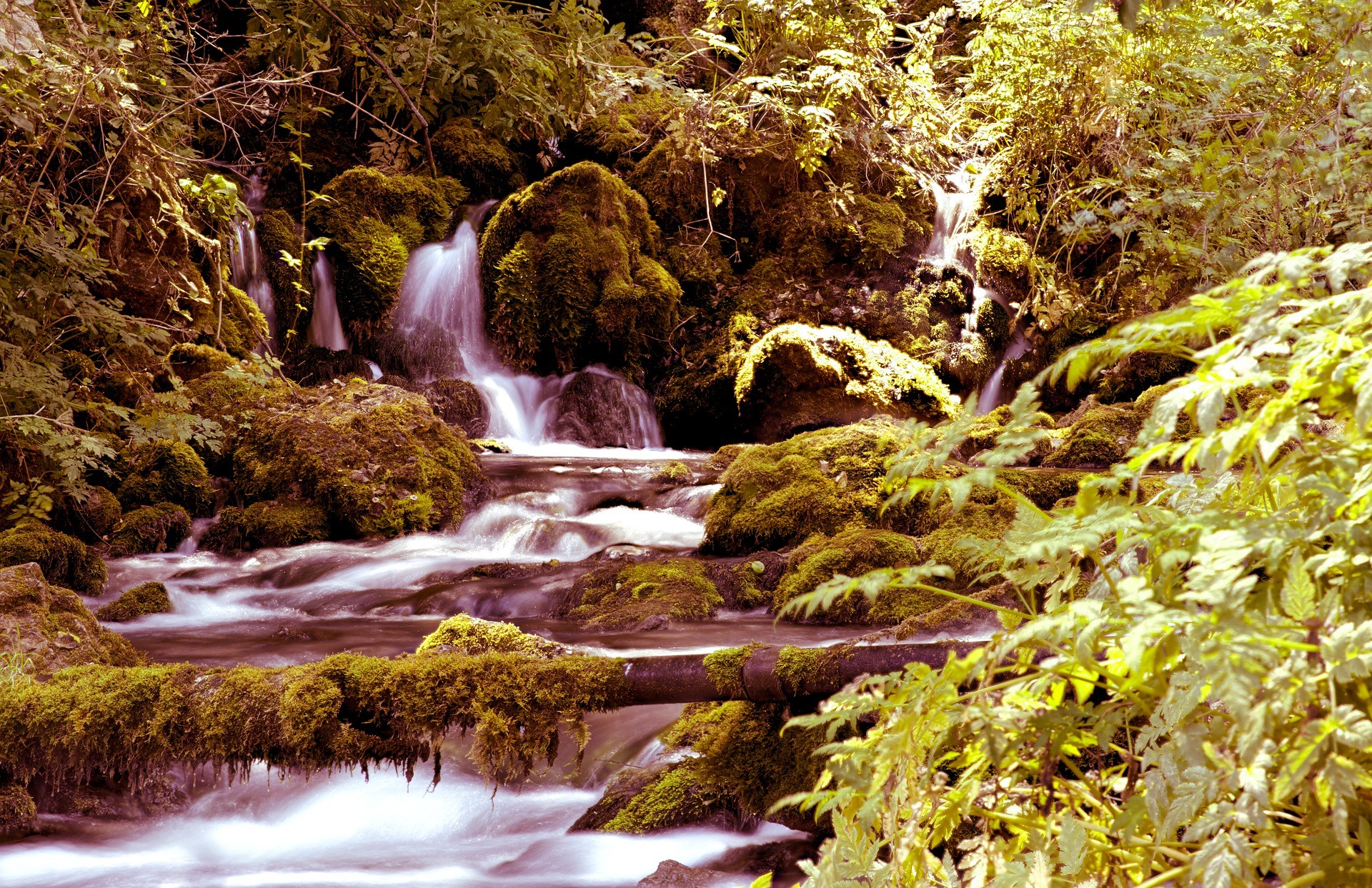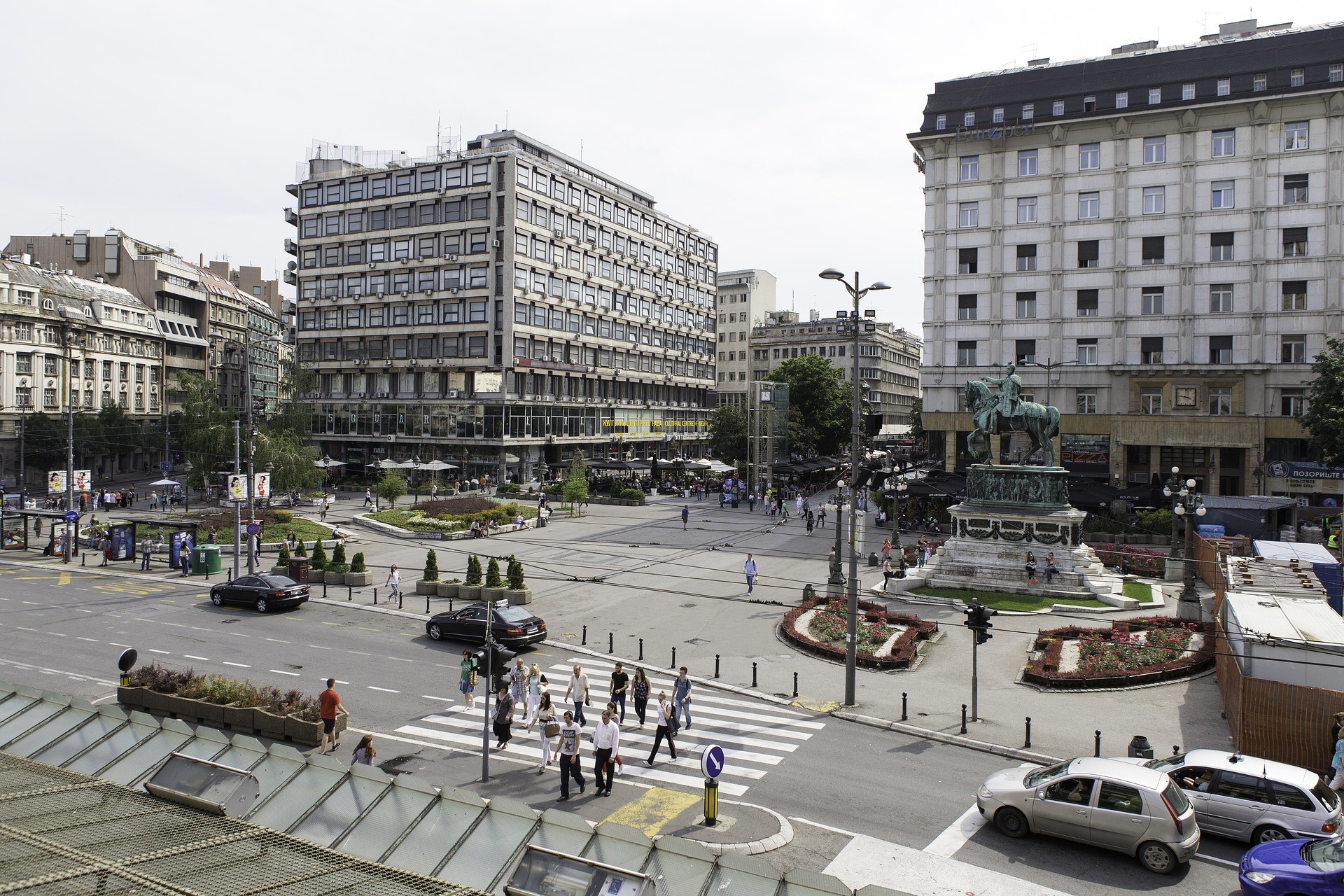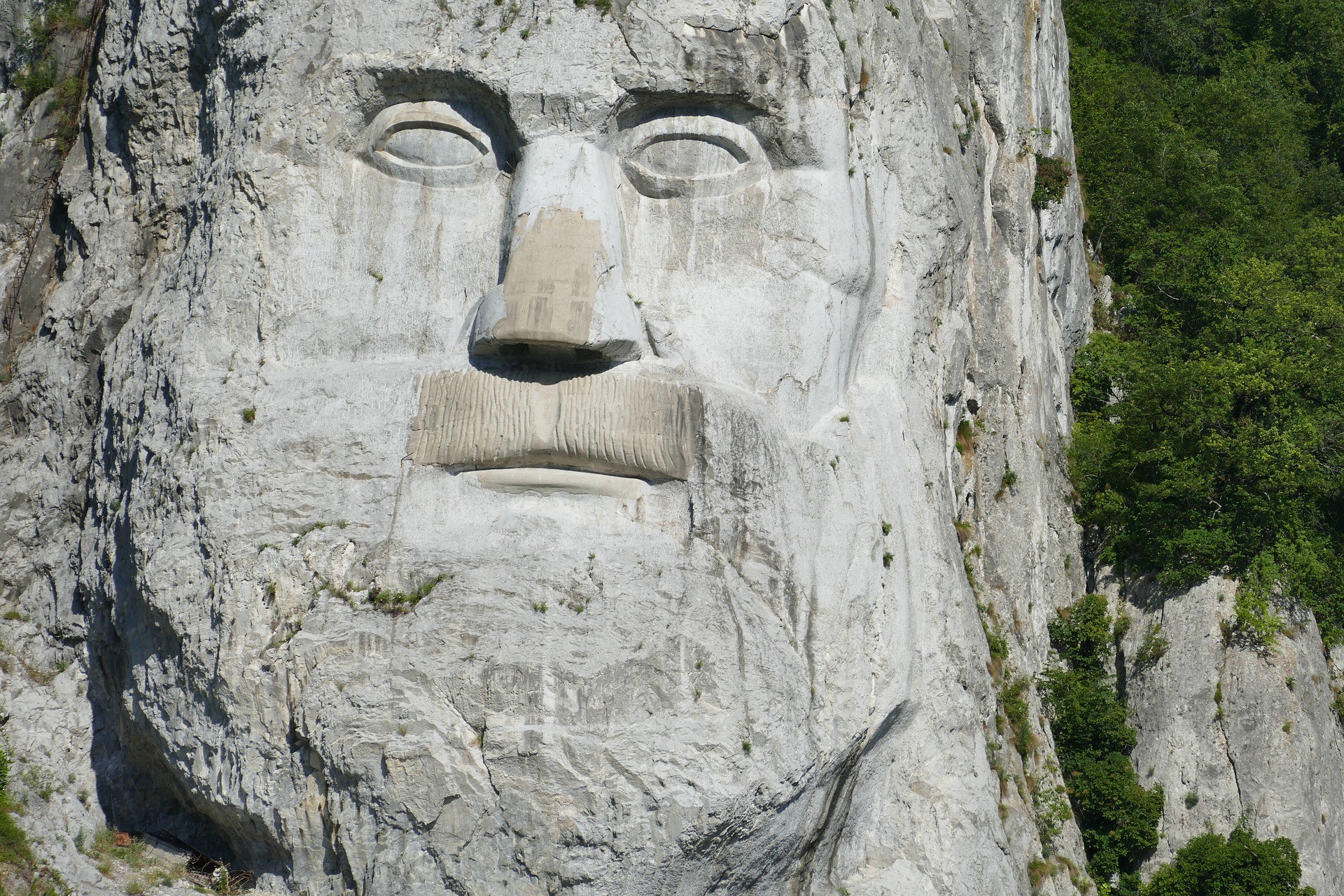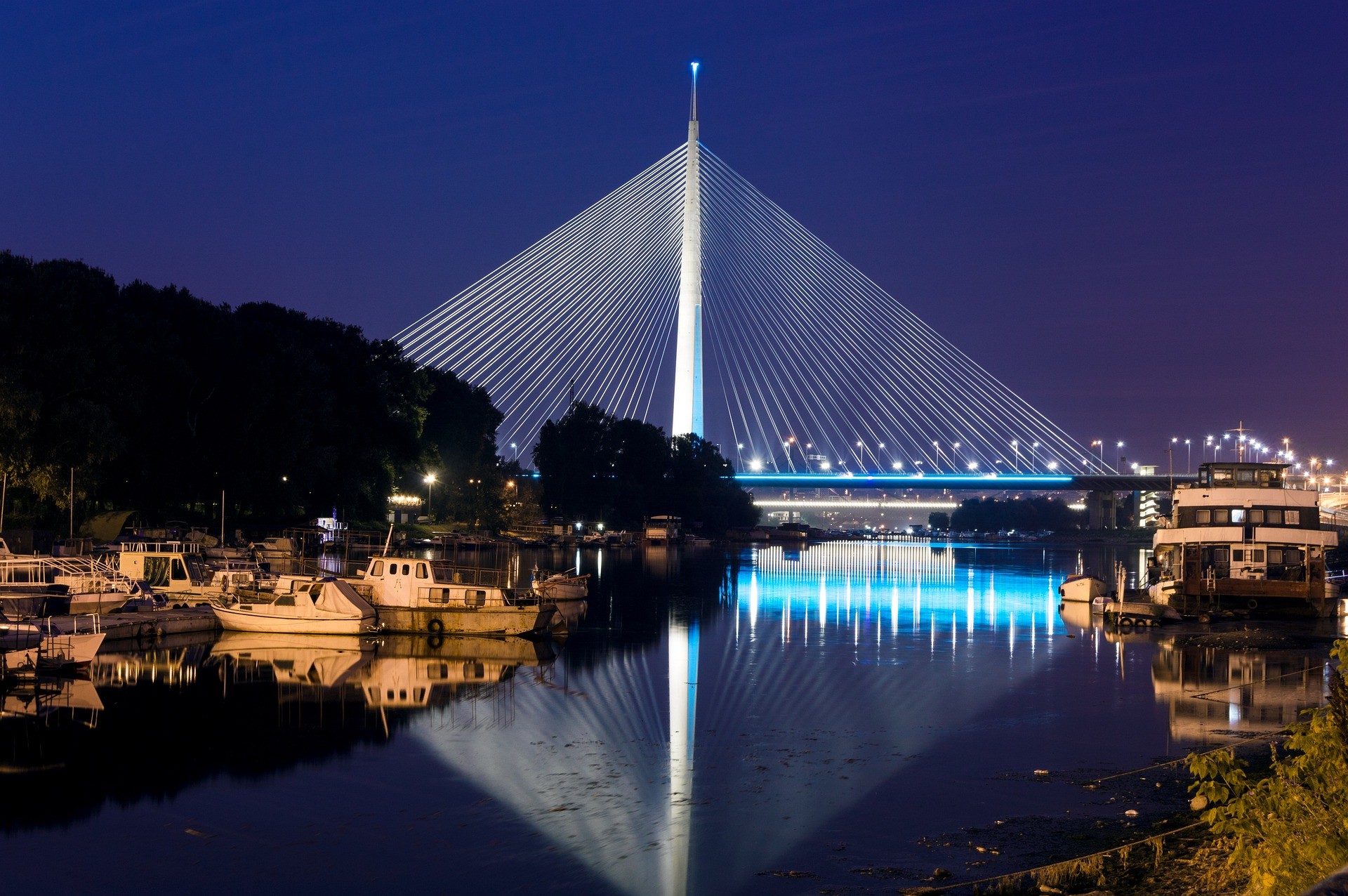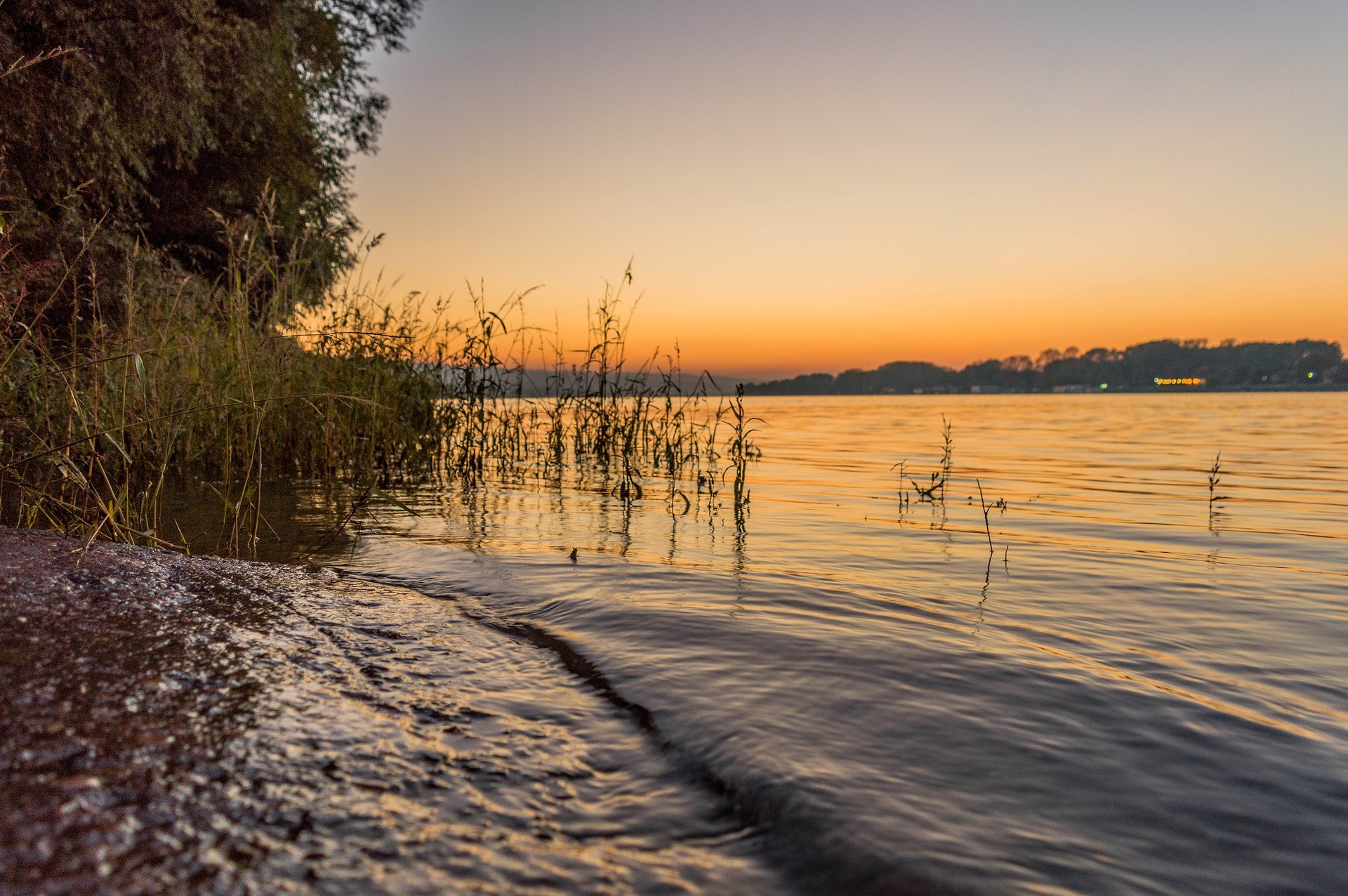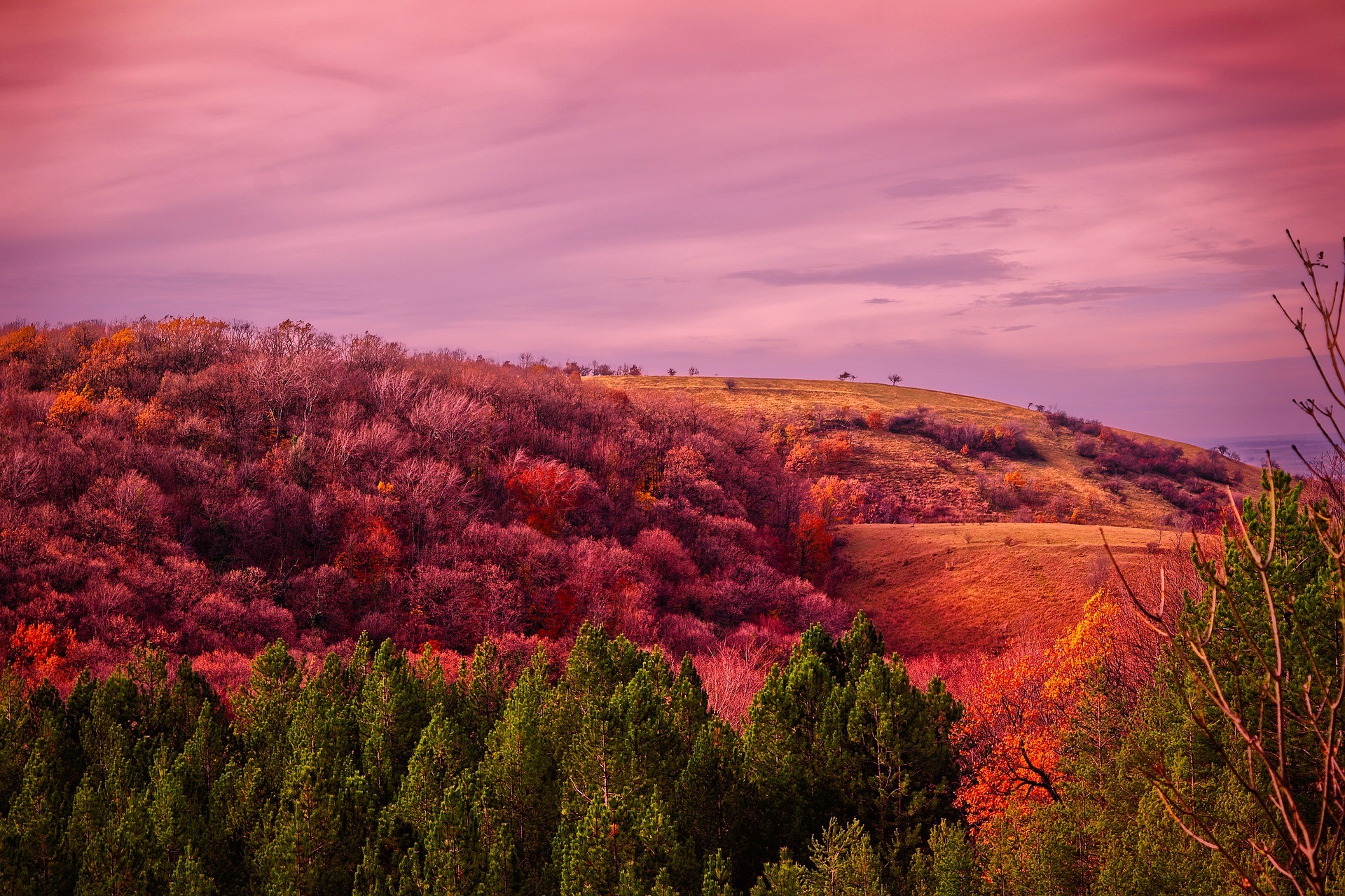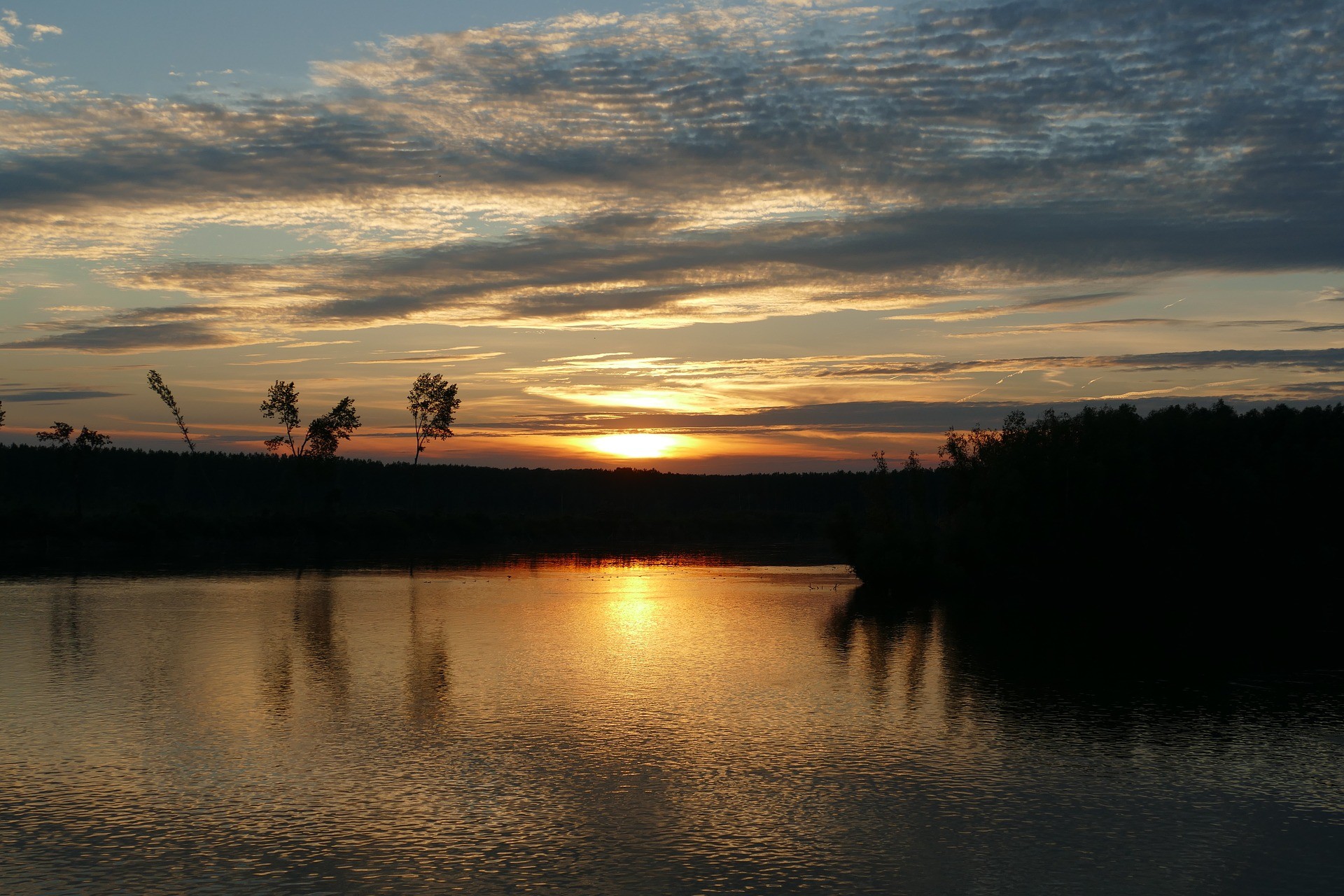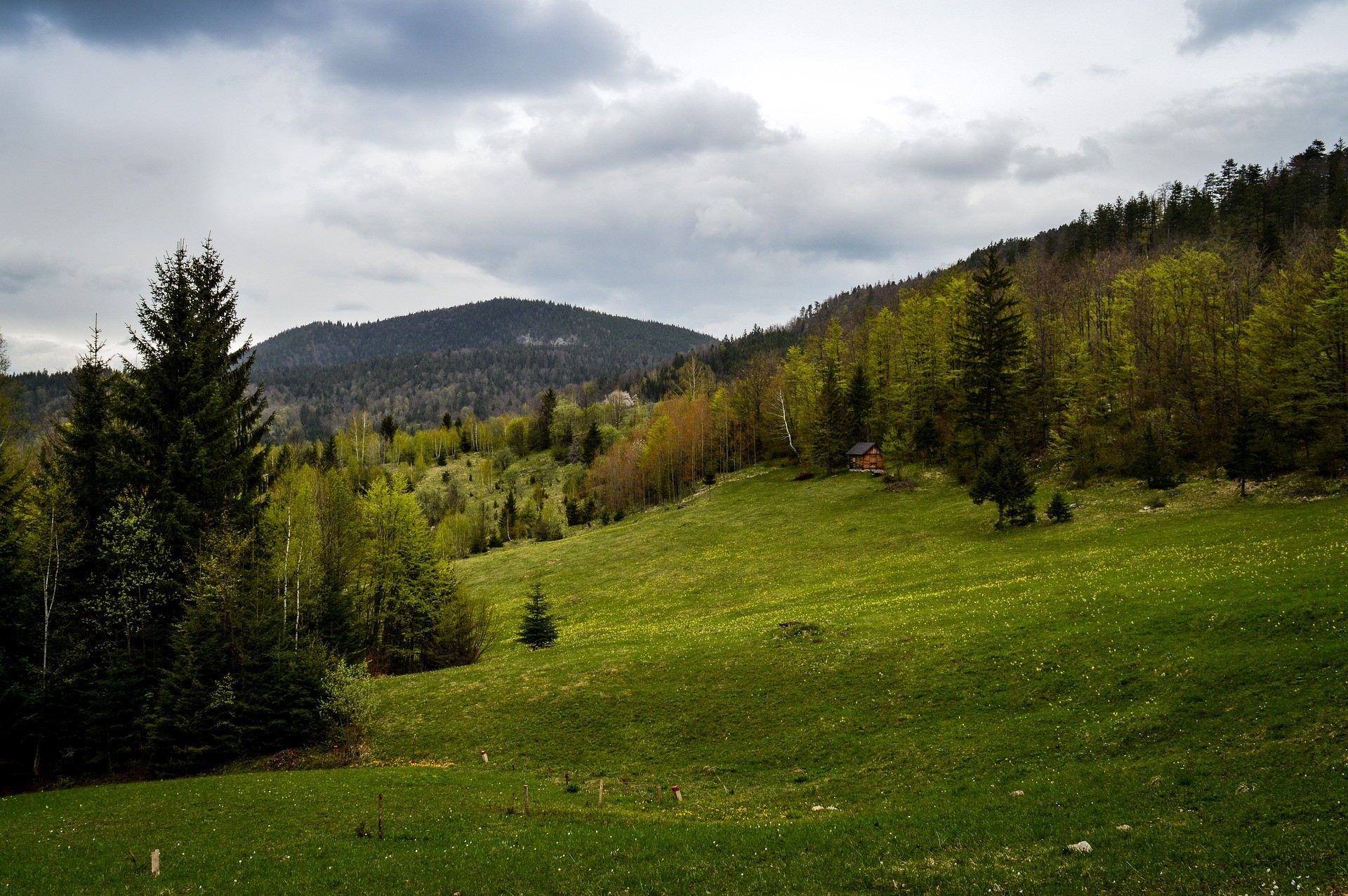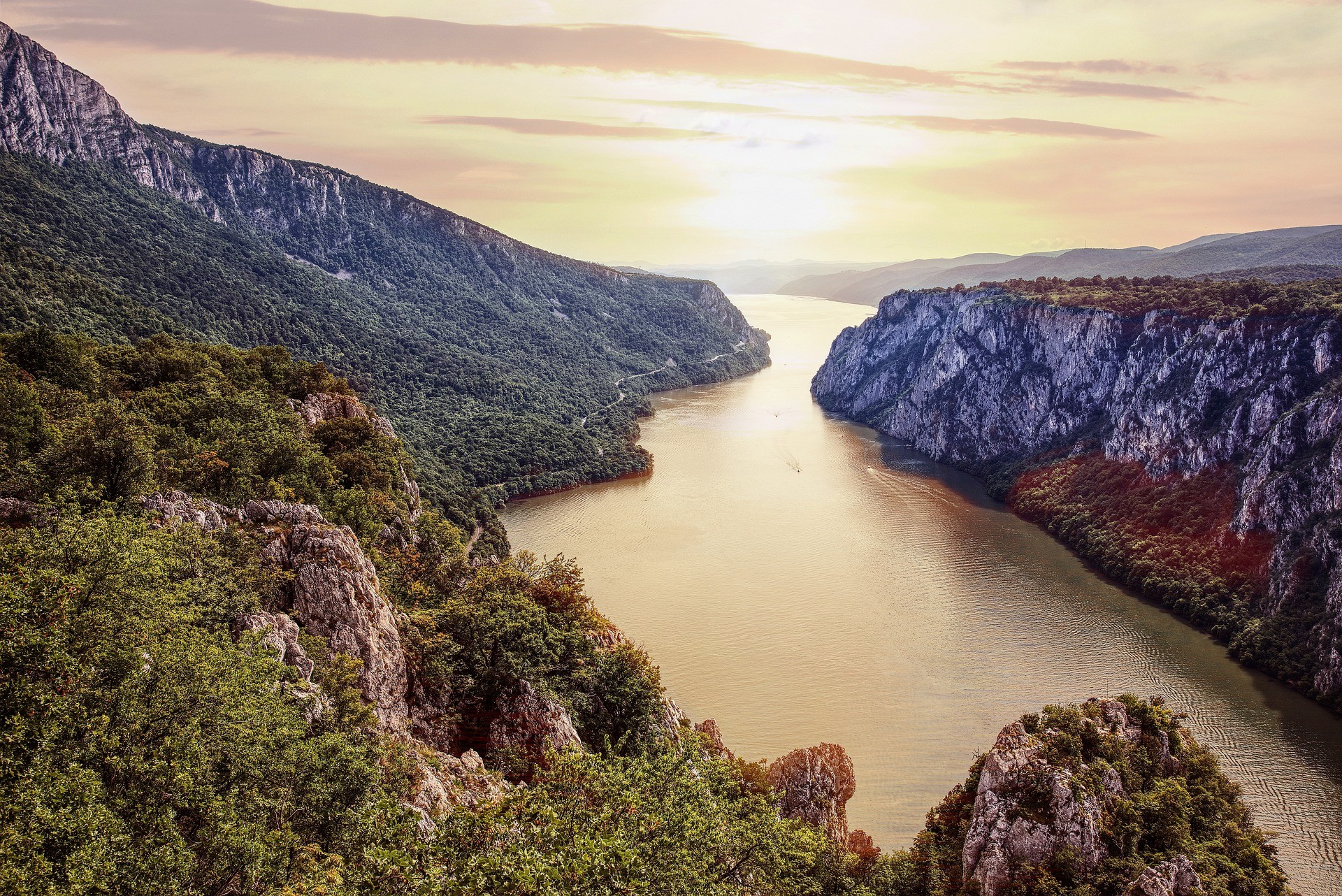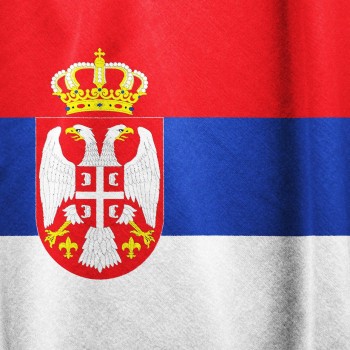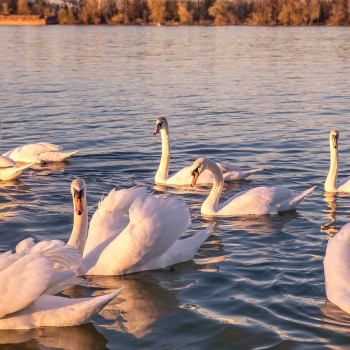Republic of Serbia
Republic of Serbia
Capital city description
Belgrade is the capital city of Serbia. Belgrade is the economic hub of Serbia, with most local companies found in the town. Belgrade is also the country's cultural heart and hosts many important cultural events such as the Music Festival, the Beer Fest, the Theatre Festival, and the Film Festival.
Belgrade is part of the most significant Serbian architecture, such as the Kalemegdan in the Belgrade Fortress, cultural monuments, many other cultural manifestations, and several archaeological remains, from prehistory to the present day testify to the existence of a Civilization and developed culture. Serbia's National Museum is located in Belgrade and is the largest, with over 400,000 exhibits.
Climate
Serbia has a moderately continental climate with warm to hot summers and cold winters in the north and relatively mild winters in the south, close to the Adriatic.
Summers are warm to hot with the average high temperatures between 26.7°C (80.1°F) and 32.2°C (90°F) during the peak of August.
Spring: March to May
Summer: June to August
Autumn: September to November
Autumn: December to February
Languages spoken
Serbian is the official language of Serbia. Besides Serbian, which is the official language in the whole country, there are five minority languages in the official use by the provincial administration in Vojvodina: Hungarian, Romanian, Slovak, Rusyn, and Croatian.
Fun/Fascinating Facts
- The most expensive cheese in the world is produced in Serbia, from a donkey and goat milk called ”Pule.” It costs even 1.000,00 EUR per kilogram of cheese.
- Serbia is home to Europe’s most immense gorge, the Djerdap Gorge. It’s an incredible 62 miles (100 kilometers) long and boasts one of the most astonishing river depths in the world at an impressive 82 meters.
- Serbia houses one of Europe’s oldest cities. With excavations showing inhabitation for at least the past 7,000 years, Serbia’s capital of Belgrade holds the title for one of Europe’s most ancient cities.
- Serbia is one of the largest exporters of raspberries in the world. Aside from that, Serbia used to be the largest exporter of plums and prunes.
- Serbia has the highest number of Roman emperors born in one country. 18 Roman rulers were born in this country, and it accounts for a fifth of all Roman emperors.
Unique Customs/Traditions
- In Serbia, being Greeted by someone or getting to know the locals always look into the eyes of his interlocutor. This tradition of Serbia demonstrates pure thoughts and good intentions. In each other's eyes made to look, clinking glasses during feasts. At acquaintance need to shake hands, and then three times to kiss, if you have submitted a relative girlfriend, wife, or husband. Entering the shop, cafe, or restaurant, be sure to say hello. So it is accepted in the tradition of Serbia, and it has a pleasant conversation with your companions. Source: http://aroundtravels.com/article-about-serbia/tradition-serbia-customs-photos.html
- In Serbian tradition, the boyfriend should visit the future bride's house to propose to her. He needs to bring an apple, with the golden ring and golden coin pushed inside. If the future bride accepts an apple, the first following autumn will organize a wedding.
- Once a year, every family in Serbia celebrates their Saint. Many Serbs celebrate Saint Nikola, but other families celebrate many more Saints. On Saint day, the oldest male in the family goes to church early in the morning and brings bread, a candle, wheat cake, and red wine for the priest to bless it.
- Serbs have a unique Easter tradition. During Easter, everyone competes by cracking eggs, and that is done by firmly holding it in the hand while someone else tries to break it with their egg.
Popular universities
| Name | Description | |
|---|---|---|
| University of Belgrade | Established in 1905, the University of Belgrade (Univerzitet u Beogradu) is a non-profit public higher education institution located in the urban setting of the metropolis of Belgrade. The University of Belgrade is the oldest and largest University in Serbia. It consists of 31 faculties with around 90,000 students and 11 research institutes, the university library, and seven university centers located in the capital city. The faculties of the University are organized into four groups: social sciences and humanities, sciences and mathematics, medical sciences, and technology and engineering sciences. | |
| University of Novi Sad | The University of Novi Sad is a public university in Novi Sad, Serbia. It is one of the largest educational and research centers in Central Europe. It belongs to the group of comprehensive universities, characterized by providing nearly all science and higher education fields. The University of Novi Sad offers 350 accredited study programs at the Bachelor, Master, Specialist, and Doctoral studies carried out at its Faculties and within the University Center for Interdisciplinary and Multidisciplinary Studies and Research. The study programs are modern and up-to-date with the latest developments in science and research. | |
| University of Niš | The University of Niš, a state-governed educational and research institution, is the primary academic center of Eastern and Southern Serbia, founded in 1965. It consists of 13 faculties, most of which are located in Niš, the second-largest city in the country, and the center of Southern and Eastern Serbia region: Faculty of Civil Engineering and Architecture, Faculty of Economics, Faculty of Electronic Engineering, Faculty of Mechanical Engineering, Faculty of Medicine, Faculty of Law, Faculty of Sciences and Mathematics, Faculty of Occupational Safety, Faculty of Sport and Physical Education, Faculty of Philosophy and Faculty of Arts. | |
| University of Kragujevac | The University of Kragujevac is a public university in Kragujevac, Serbia. The university offers 118 study programs in Natural Sciences and Mathematics, Social and Human Sciences, Medical Sciences, Engineering Sciences, and arts. The University of Kragujevac consists of twelve faculties with around 14,000 students and 1,200 professors and associates. It offers 118 study programs at the undergraduate, graduate, and doctoral level | |
| University of Prishtina | The University of Prishtina is a non-profit public higher education institution located in the urban setting of the large city of Prishtina, founded in 1969. The university is a state university, as a comprehensive/multidisciplinary university, and comprises ten Faculties: Faculty of Economics, Faculty of Medical Sciences, Faculty of Agriculture, Faculty of Law, Faculty of Natural Sciences and Mathematics, Teachers’ Training Faculty, Faculty of Sports and Physical Education, Faculty of Technical Sciences, Faculty of Arts, and Faculty of Philosophy. | |
| Singidunum University | Singidunum University is a higher education institution in Belgrade, Serbia which offers undergraduate, master, and doctoral academic studies in three scientific fields – social sciences and humanities; technical sciences; and natural sciences and mathematics. The university consists of three faculties. | |
| Belgrade Metropolitan University | Belgrade Metropolitan University is a for-profit private higher education institution located in the urban setting of the metropolis of Belgrade. The university consists of three faculties: The faculty of Information Technology, the Faculty of Management, Faculty of Digital Arts. The university offers courses and programs leading to officially recognized higher education degrees such as bachelor's degrees, master's degrees, doctorate degrees in several areas of study. | |
| Megatrend University | Established in 1989, Megatrend University is a private higher education institution located in the medium city of New Belgrade, Belgrade. Megatrend University offers courses and programs leading to officially recognized higher education degrees such as bachelor's degrees, master's degrees, doctorate degrees in several areas of study. This institution also has branch campuses in the following locations: Zajecar, Požarevac, Valjevo. | |
Festivals & Events
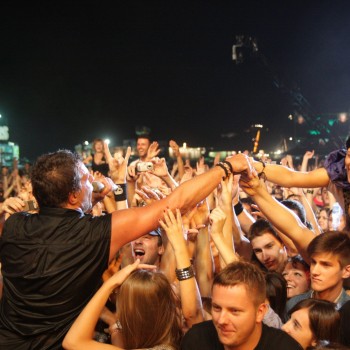
Belgrade Beer
Date: August
The Belgrade Beer Fest is the biggest annual beer festival in Belgrade, Serbia, and one of the biggest beer festivals in Southeastern Europe, attracting half a million spectators every year.
The festival has been celebrated since 2003 and is held annually over five days each August as a showcase event for various beer producers. The festival features free live music concerts each evening.
.jpg)
Guča Trumpet Festival
Date: August
Guča trumpet festival, also known as the Dragačevski Sabor trubača (Serbian), is an annual brass band festival in the town of Guča, near Čačak city in Dragačevo, region of western Serbia. Every year in August, the sleepy town Guca turns into a big party, the Guca Festival.
The brass bands walk through the streets and play their songs to invite people worldwide to dance and party till sunrise on the lively brass beats. The air is filled with the sound of trumpets and the smell of grilled meat, streets with dancing and drinking people.
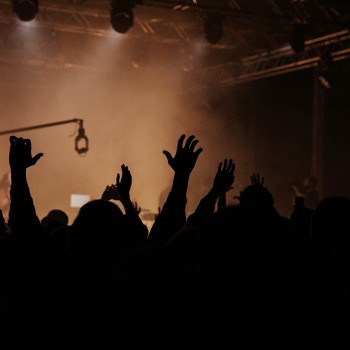
Lovefest
Date: August
Lovefest is a summer music festival held in Vrnjačka Banja, Serbia, which features many notable artists performing over a few days in August.
The festival program is held on five different stages, of which the main one is the Fire Stage, the biggest stage in the festival where headliners perform. It is recognized for its majestic fireworks and cannons with fire.
.jpg)
Smederevska Jesen
Date: Septmber
Smederevska Jesen is an exciting festival and the oldest event in Serbia, founded in 1888. It takes place every year in September in honor of the grapes and wine of Smederevo vineyards, followed by the cultural and artistic program and held in Smederevo Fortress, squares of the city, with the parade of medieval knights.
The event aims to show guests local agricultural products and rich historical heritage and includes a variety of economic, cultural, and sports facilities.
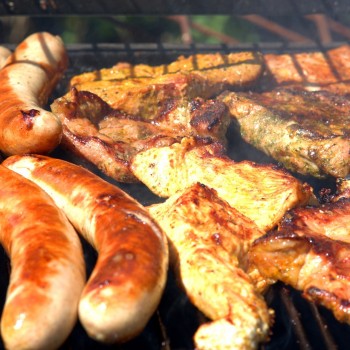
Rostiljijada Grill Festival
Date: August
Rostiljijada grill festival in Leskovac, Serbia, is held in the last week of August and is traditionally taking place on “Široke Čaršije” square in the town center. It lasts for seven days and gathers over 500 000 visitors from Serbia and tourists from all over the world.
Rostiljijada grill festival is the enormous and most visited event dedicated to famous grill and barbecue food in Southeast Europe.
Attractions / Top Sights
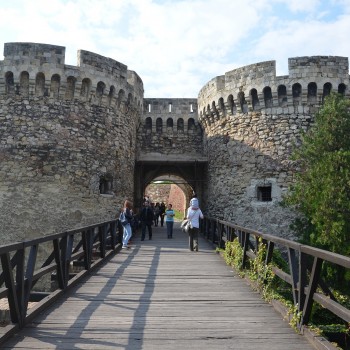
Belgrade Fortress
When to visit: In late spring
Founded in 2002, the “Belgrade Fortress,” the vast Kalemegdan fortress, consists of the old citadel (Upper and Lower Town), and Kalemegdan Park is the best-known feature of Belgrad. Located on a bluff above the confluence of the Sava and Danube rivers, the fort has been a critical strategic point throughout history.
Kalemegdan Park covers over 60 hectares and includes buildings, archeological sites, and cultural and historical monuments of inestimable national importance. Apart from being the most visited tourist location, the complex is also a kind of oasis in the city center and a favorite place for the rest and recreation of many Belgraders.
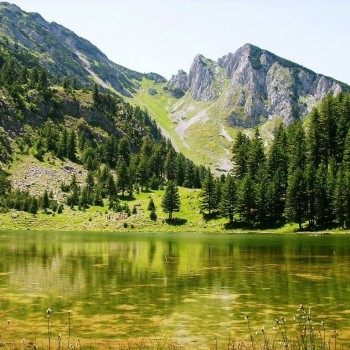
National Park Kopaonik
When to visit: In summer or between November and May
National Park Kopaonik was founded and proclaimed in 1981. The park is placed on the highest parts of the mountain Kopaonik, the highest peak in Serbia, and the park is also home to the country's largest ski resort. It boasts 25 lifts and runs that can handle up to 32000 skiers every hour.
It has numerous trails dotted with rock formations that are uniquely named — waterfalls, hot springs, and geysers.
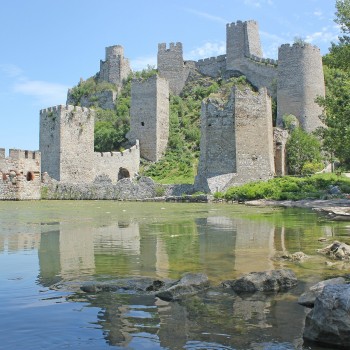
Derdap National Park
When to visit: May to September
Derdap National Park is one of the major tourist attractions of Serbia, boasting four gorges that stretch 115 km through stunning valleys. One of the gorges, Gospodin vit, is home to one of the deepest rivers on earth. The four gorges together make the Derdap gorge.
The Park is situated along the Danube River and is a treasure trove of nature for its rich flora and fauna. A famous attraction of the region is the superb Golubac fortress.
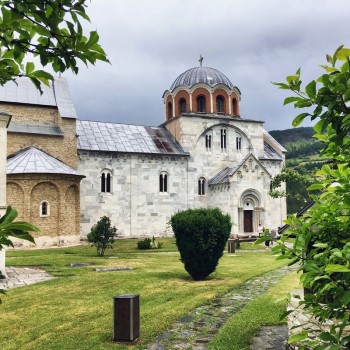
Studenica Monastery
When to visit: May to September
A 12th-century Studenica Monastery is thought to be the wealthiest monastery in Serbia. It houses the two crucial churches— Church of the Virgin and Church of the King. The monastery is also famous for its stunning Byzantine frescoes and paintings from the 13th and 14th centuries. The churches in the monastery complex have some incredible ornate decorations.
The monastery complex is also home to the tomb of Stefan Nemnja – the founder of the Nemanjic Dynasty and this monastery.
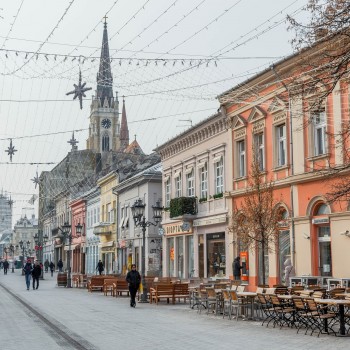
Novi Sad
When to visit: April to October
Founded in the late 17th century, Novi Sad is a stunning city along the banks of the Danube River and is the 2nd largest city of Serbia. The city is known for its relaxed ambiance, perfect for tourists looking for a laid-back vacation.
Novi Sad houses several major tourist attractions, including the old Town Hall, Dvorac Dundjerski Castle, and the Serbian Orthodox Church of the Great Martyr St. George.
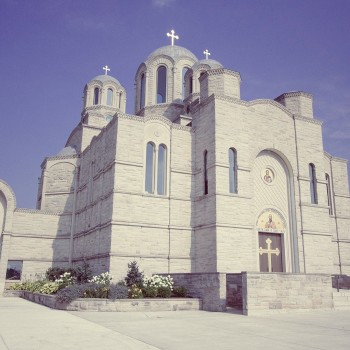
Temple of Saint Sava
When to visit: May to September
The Temple of Saint Sava is a Serbian Orthodox church on the Vračar plateau in Belgrade, Serbia. The church is dedicated to Saint Sava, the founder of the Serbian Orthodox Church and an important figure in medieval Serbia. It is the largest Orthodox church in Serbia, one of the gigantic Eastern Orthodox churches, and it ranks among the enormous churches in the world. It is the most recognizable building in Belgrade and a landmark.
The church comprises a rigorous symmetrical layout with great sensitivity to light due to its large dome and four apses. It's interior cladding with 12,000 m2 (130,000 sq ft) of gold mosaics is almost complete.
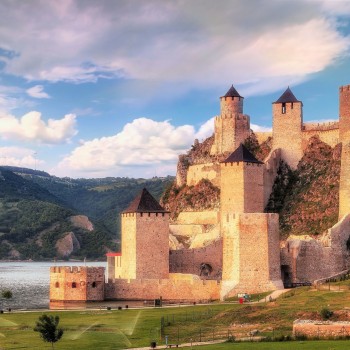
Golubac Fortress
When to visit: In summer
The stunning Golubac Fortress was a medieval fortified town on the south side of the Danube River. Golubac consists of three main compounds guarded by nine towers, two portcullises, and a palace, all connected by fortress walls 2 to 3 m (6 ft 7 into 9 ft 10 in) thick. It is a famous tourist attraction in the region and a sightseeing point on Danube boat tours.
The best-preserved fortress is now a modern town of Golubac that includes new restaurants, pension-type facilities, new roads, bicycles, pedestrian paths, and the touristic settlement Dedinski Raj, between the city and the fortress.
















